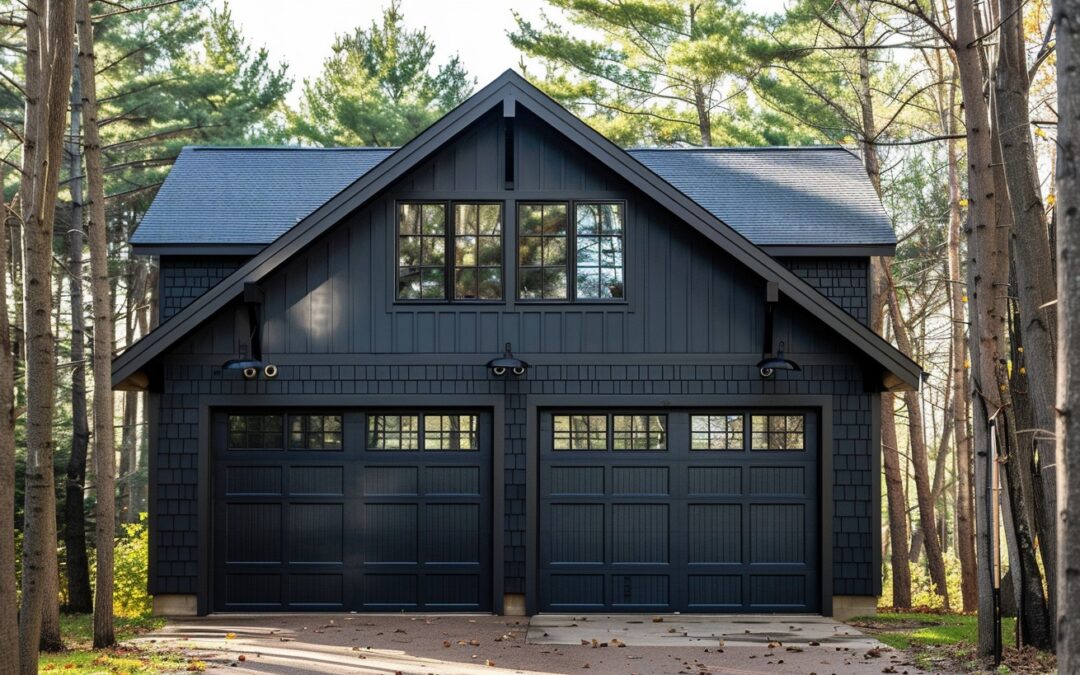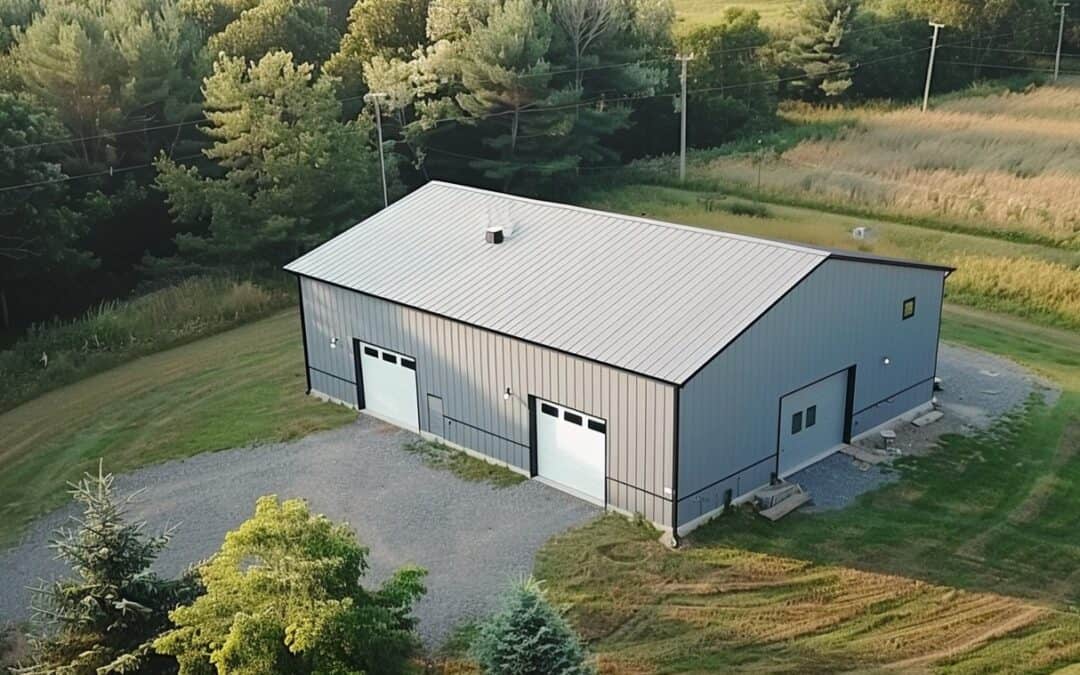Moving Mass Timber into Mainstream: Overcoming Construction Hurdles
At the recently held summit in 2024 by WoodWorks in Toronto, the use of mass timber in mainstream construction was a major focus. The panel discussions centered on the challenges faced by this innovative construction material in gaining widespread acceptance in the industry. As developers struggle with insufficient data and questions surrounding the material’s performance, it is clear that mass timber has several hurdles to overcome.
The Mass Timber Dilemma: What’s Holding Us Back?
Much of the hesitation around mass timber construction comes from a deficiency of data. With traditional materials like concrete and steel having decades, even centuries, of data-backed performance records, mass timber is at a significant disadvantage.
Developers, builders, and even stakeholders find it challenging to trust a material when they cannot accurately predict its performance. The issues go beyond just structural integrity and also involve longevity, resilience to environmental factors, and long-term maintenance requirements.
Data Deficit: The Crucial Barrier
The lack of data is particularly concerning when it comes to large-scale developments. Any mistakes or miscalculations can result in significant financial loss and pose major safety risks. Understandably, this makes decision-makers wary about moving away from tried-and-tested materials.
Moreover, governance bodies are also held back by the data gap when setting codes and standards for mass timber construction. With insufficient data to refer to, they err on the side of caution, often resulting in stringent regulations that limit the material’s application.
Finding Solutions: Overcoming the Hurdles
The key to overcoming these issues lies in dedicated research. Investment in long-term studies that monitor mass timber’s performance over prolonged periods could help fill this data gap. Universities, research institutions, and the industry would all need to come together for this cause.
Meanwhile, we also need to start treating mass timber not as a novelty but as an equal to other materials. More pilot projects, evidence-based showcases, and willingness to take calculated risks could open doors for mass timber in the construction industry.
A Sustainable Future: The Potential of Mass Timber
Despite the hurdles, the potential benefits of mass timber make it impossible to ignore. As we strive for a more sustainable future, mass timber’s significantly lower carbon footprint makes it an incredibly attractive option.
Moreover, when sourced responsibly, mass timber could also drive more sustainable forest management practices. As the construction industry grapples with its environmental impact, the adoption of mass timber could represent a vital step towards sustainability.
In Conclusion
Mass timber construction undoubtedly has hurdles to overcome. However, given the potential benefits, it’s clear that investing in research and pilot projects can help bridge the gap. The industry and governance bodies need to work in harmony to create a level playing field for mass timber.
So what do you think? Is mass timber the future of construction, or are the challenges insurmountable? Share your thoughts, experiences, and insights below. For more information about the topic, you can visit the original news source here.



